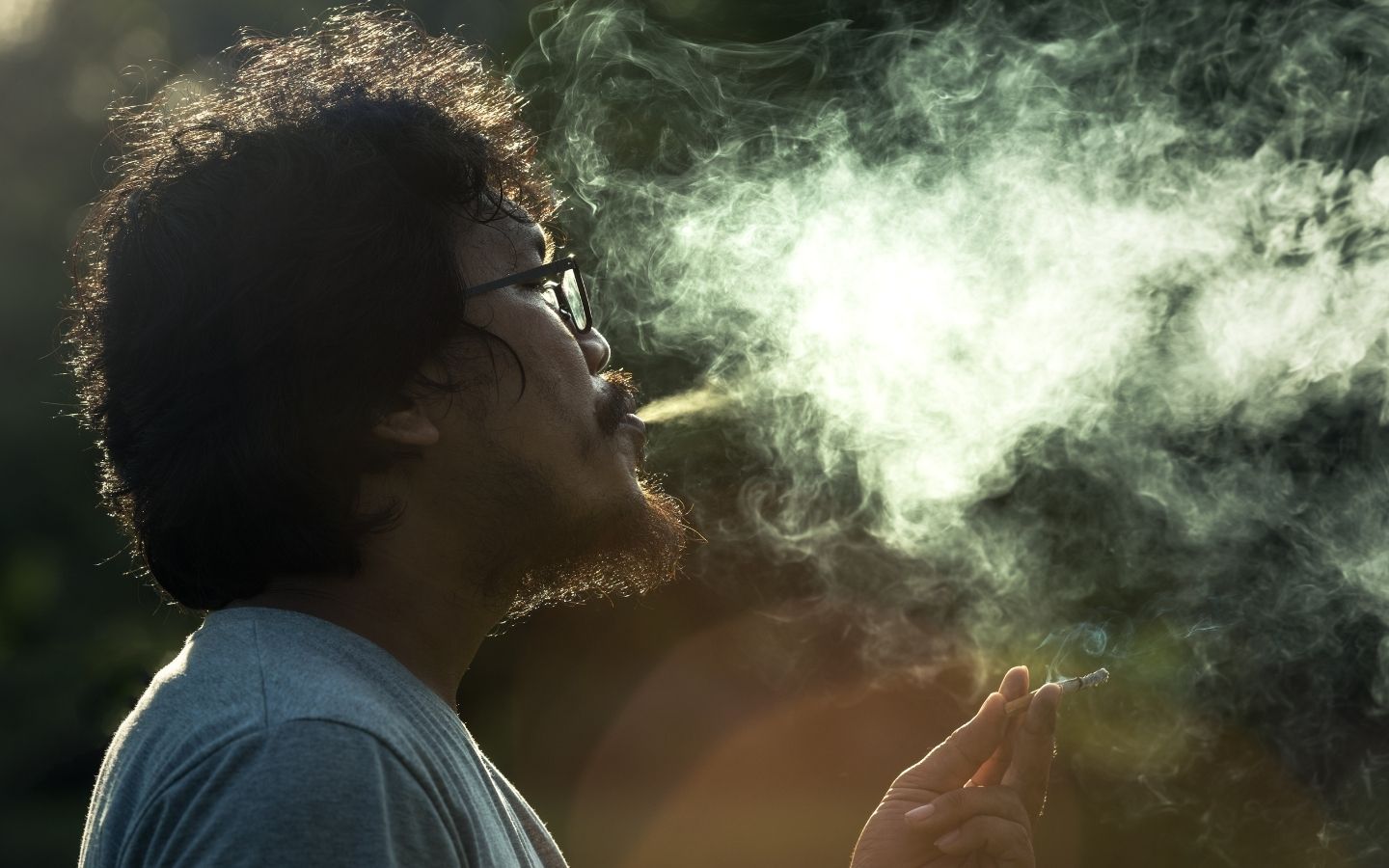The Macao government is actively considering expanding its anti-smoking regulations to encompass new and trending tobacco products, such as shisha and herbal cigarettes, according to the director of Macao’s Health Bureau, Lo Iek Long. In remarks made to local broadcaster TDM, he said the bureau was exploring amending existing laws to prohibit the manufacture, import, and sale of these products, aiming to curb their appeal, especially among young people.
In addition to the potential ban on emerging tobacco products, plans are underway to introduce standardized plain packaging for all tobacco products. Lo told TDM that this initiative is based on evidence showing that plain packaging has proven effective in reducing youth smoking rates globally. By removing branding and promotional elements, the government hopes to make tobacco products less attractive.
Lo’s remarks come as the government begins surveying potential sites for new “no-smoking zones,” with a specific focus on restricting smoking at the entrances of kindergartens and schools. This move is part of a broader strategy to protect children and create healthier environments for them. The initiative to extend no-smoking areas may also include public squares and streets, with designated smoking areas being established in those locations, as cited in multiple local media reports.
[See more: Smoking prevalence has dropped 36 percent over the past decade, officials say]
The possibility of further tightening smoking regulations has been a consistent topic of discussion in Macao throughout the year. In January, the prospect of banning smoking while walking was raised, though officials acknowledged the complexity of enforcing such a ban. While numerous complaints regarding pedestrian smoking have been received, the Macau United Citizens Association has also highlighted the practical challenges of implementation. Academics have suggested integrating a complaint system with CCTV surveillance and cross-departmental cooperation to bolster enforcement.
Macao has already made strides in reducing tobacco smoking rates. In 2011, 16.6 percent of the population smoked cigarettes. By 2022, that figure had dropped by 36 percent to 10.6 percent, surpassing the World Health Organization’s target of a 30 percent reduction by 2025.
This success is attributed to the Tobacco Prevention and Control Law, implemented in 2012, which banned smoking in many public settings and limited cigarette advertising, alongside the efforts of smoking cessation clinics. However, the Health Bureau also noted a rise in e-cigarette use among teens, although the impact of the ban on e-cigarettes implemented in December 2022 is yet to be fully assessed.






